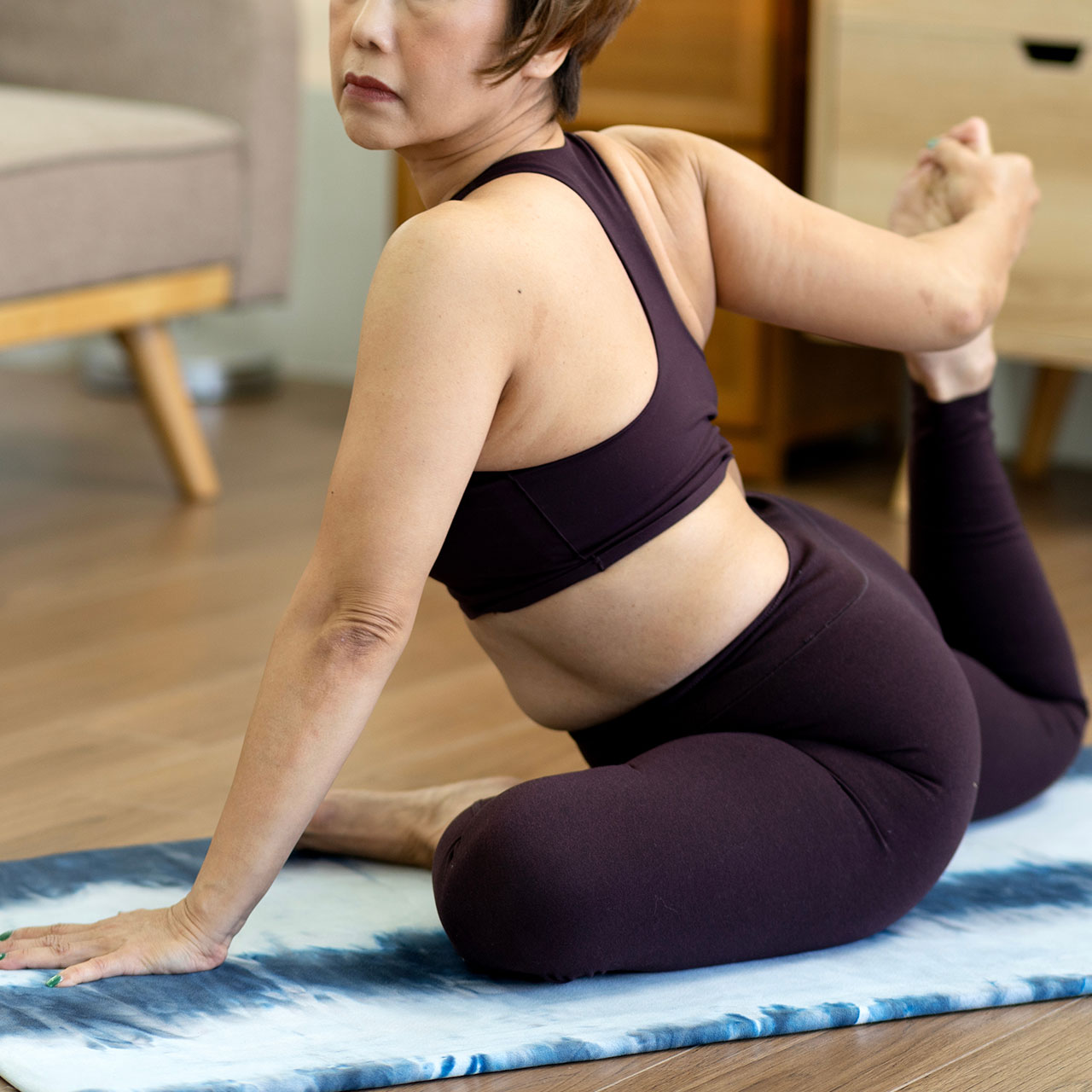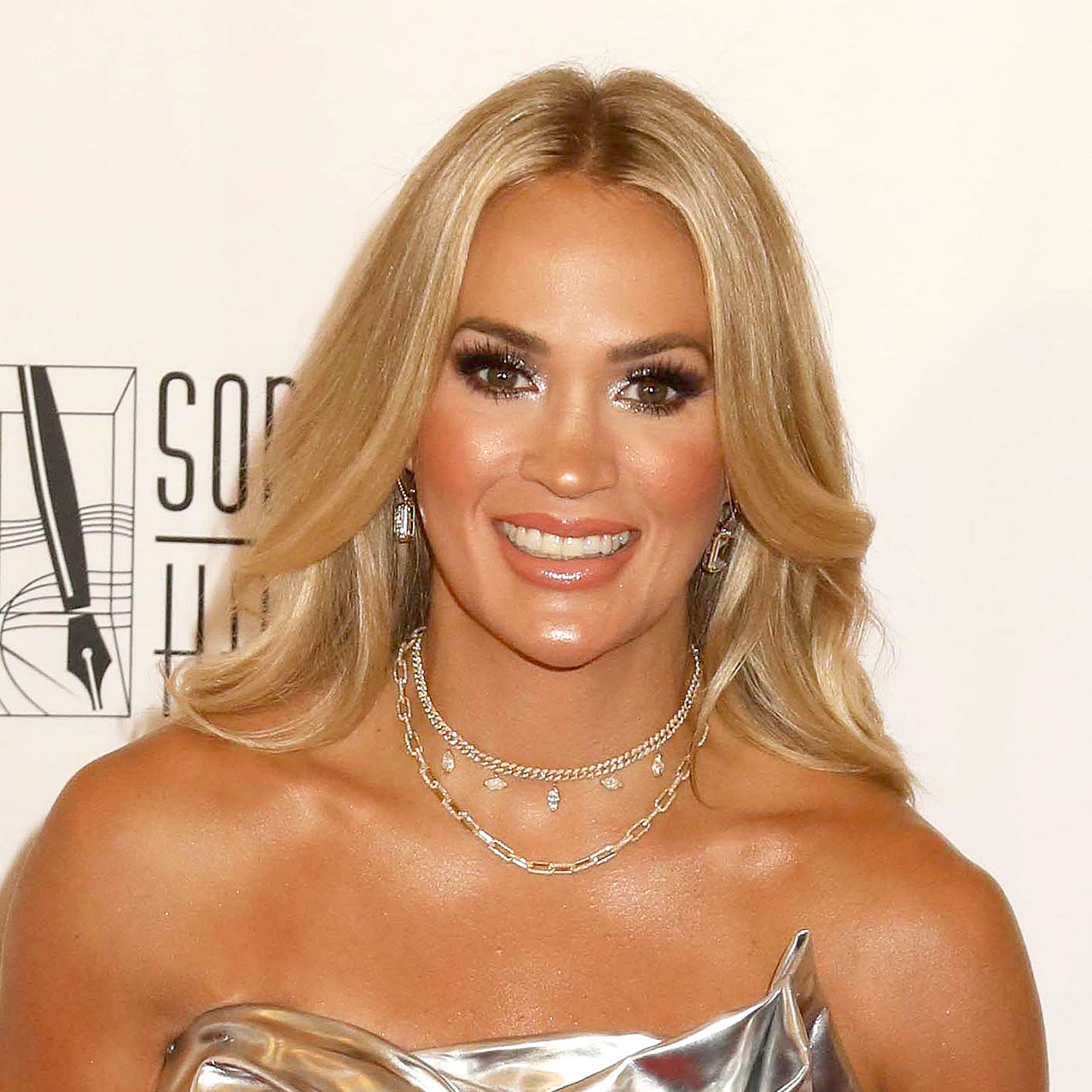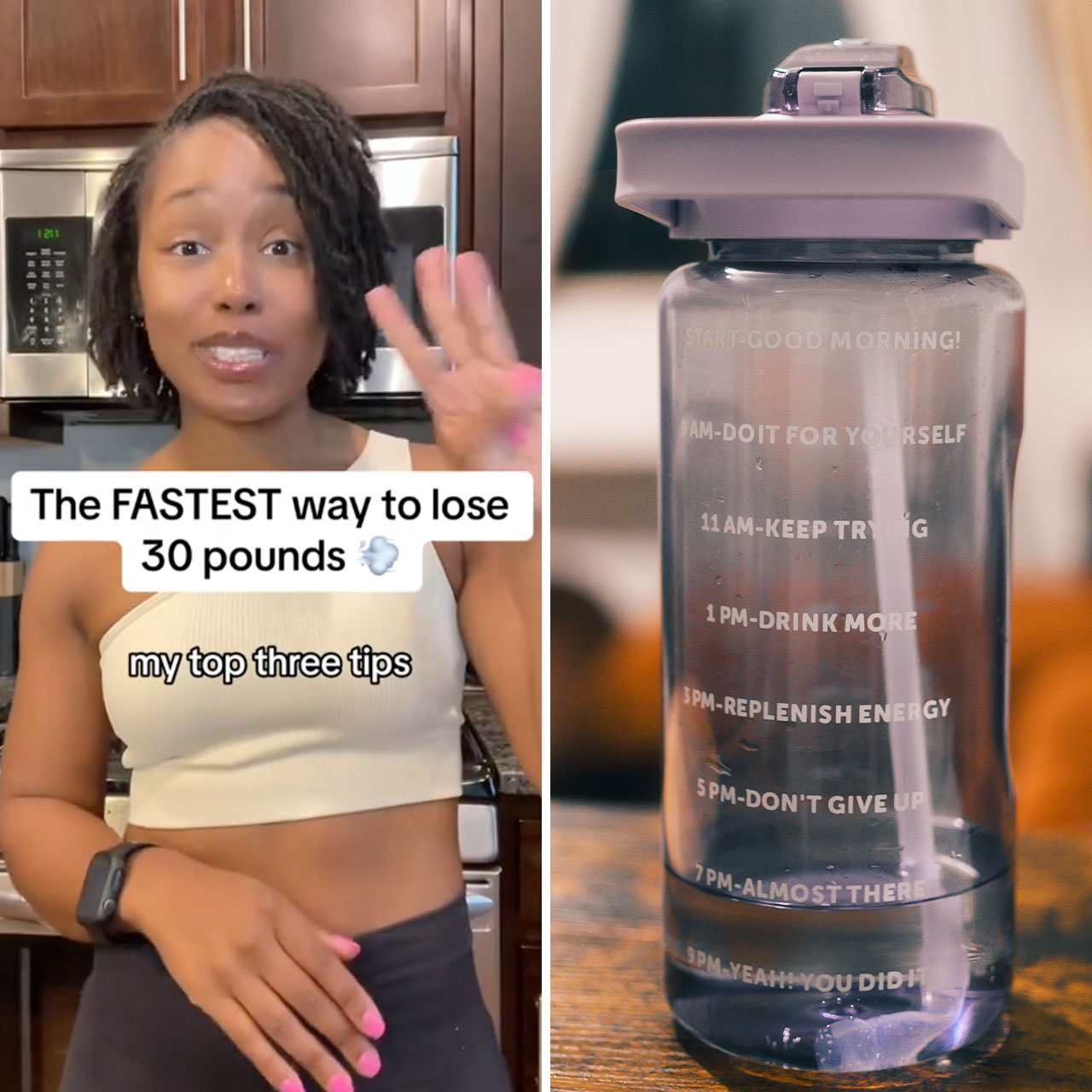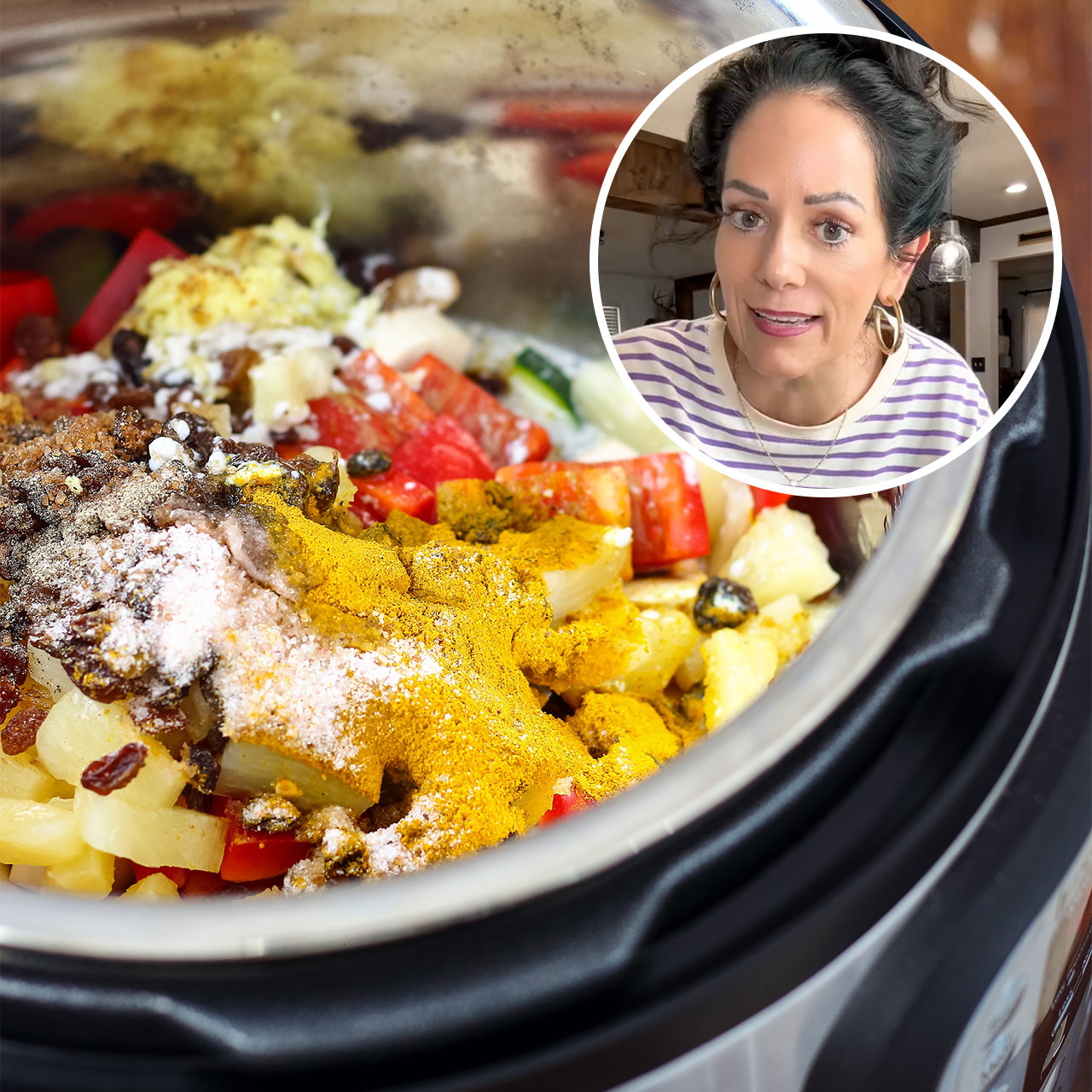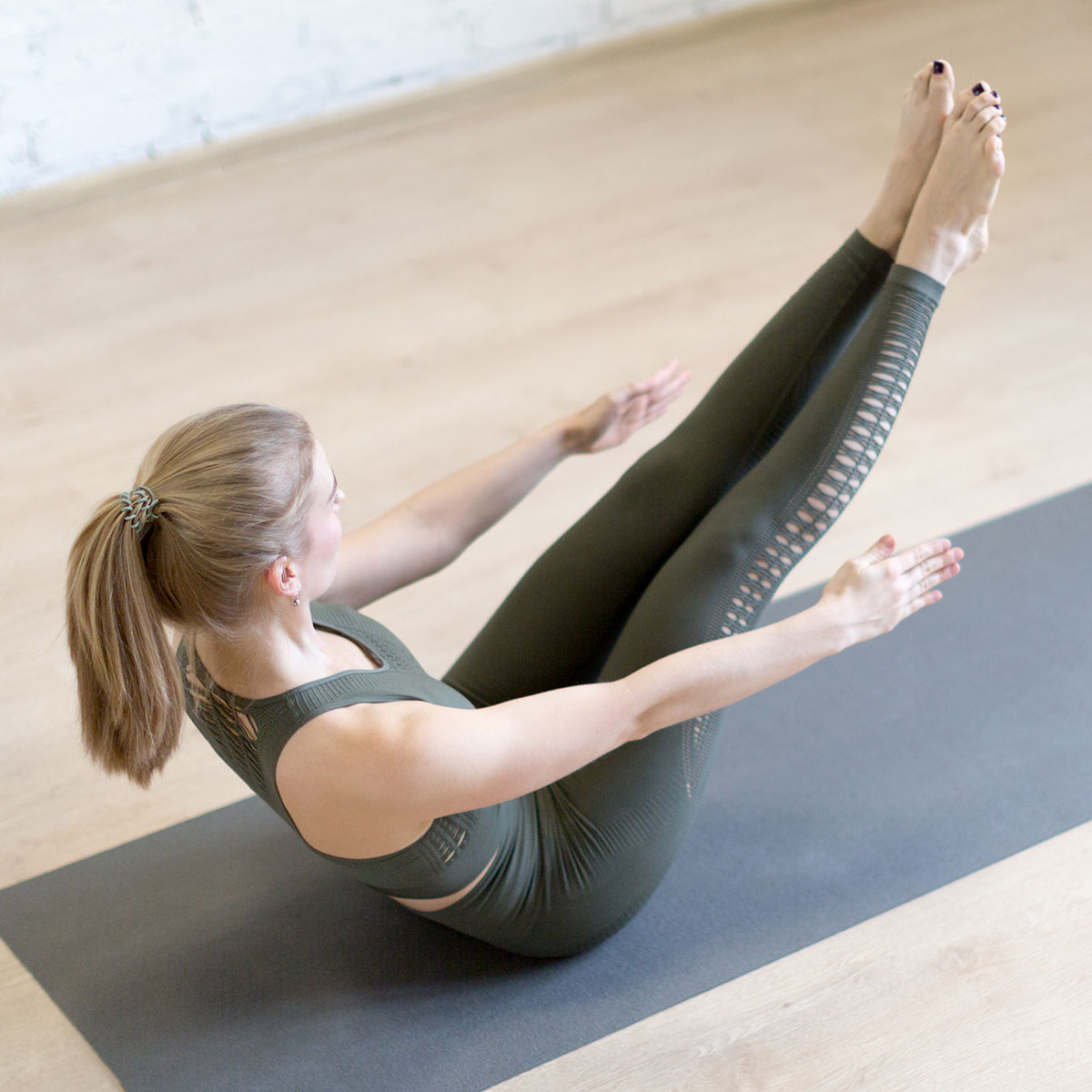Nearly 20 million people a year report having digestive issues in the United States. One common cause of this is a lack of fiber in your diet. Many people are deficient in fiber—when you don’t get enough of it, your body can’t work like it should. Because these symptoms aren’t always obvious, it’s important to know the messages your body is sending, and when you should be more mindful about working more fiber into your diet. We asked holistic nutritionist Carrie Bonfitto what signs to look for, and easy ways to eat more fiber daily.


First of all, what is fiber and why is it so important? “This under-appreciated nutrient is actually a type of carbohydrate. Fiber is the indigestible part of plants. It comes in two forms—soluble fiber dissolves into a gel-like substance that soothes the digestive tract, balances blood sugar, improves cholesterol, and equalizes hormones. Insoluble fiber adds bulk to food. When we eat fiber it presses on our stomach walls and lets us know that we are full. Without it, we overeat and increase our risk of disease.” Bonfitto says. The main five signs that you’re not getting enough fiber are: feeling hungry between meals, constipation, loose stools, high cholesterol, and hormone imbalances.
So if you’re experiencing all or any of these things, how do you get more fiber in your diet? Bonfitto has some tips. “The only way you can get fiber is from plants, namely fruits, veggies, grains, beans, legumes, nuts, and seeds.” One of the best ways to get fiber is by eating the skin of foods, especially potatoes, apples, peaches, cucumbers, and other thin-skinned plants—that’s where most fiber in foods can be found. “Also, whole grains like brown rice, wheat berries, buckwheat, bulgur, and popcorn contain much more fiber than white rice, white bread, or anything made from white flour which have been refined to remove most or all of the fiber.” In general, you should aim for about 30 grams of fiber every day. For reference, Bonfitto shared an excerpt from her book What to Cook, Why to Eat It, with an example of how you can get 30 grams of fiber in a day.

Oatmeal, 1 cup= 4 g
Broccoli, 1 cup = 5 g
Blackberries, 1⁄2 cup = 4 g
Chickpeas, 1⁄2 cup = 17 g
However, when you’re trying to eat more fiber, it’s important to keep a few things in mind to avoid adverse effects. “Some foods like beans, peas, and lentils are loaded with fiber, weighing in at around 10-15 grams per cup! These foods really help you reach that 30-gram goal. While other foods that you may find labeled as high-fiber, like oatmeal breakfast cereal or granola bars will only have around 5 grams of fiber per 1 cup serving,” Bonfitto says, “You can't rely on just one food to get you all the fiber you need in a day. So think about adding fiber at every meal, like fruit for dessert! But if you're still falling short, consider taking a fiber supplement.” You should also remember to increase fiber intake slowly and stay hydrated, as adding too much at one time can create digestive discomfort.



